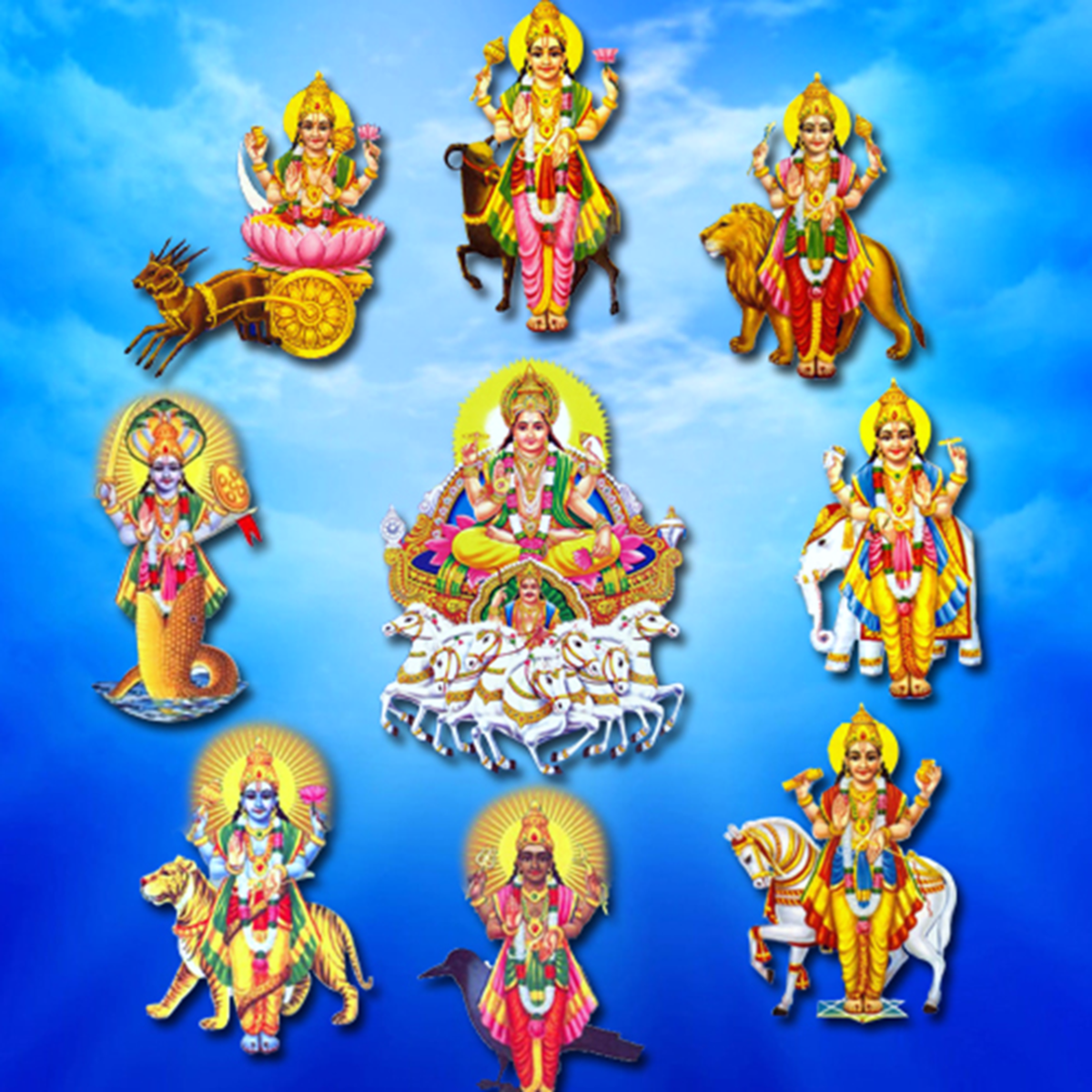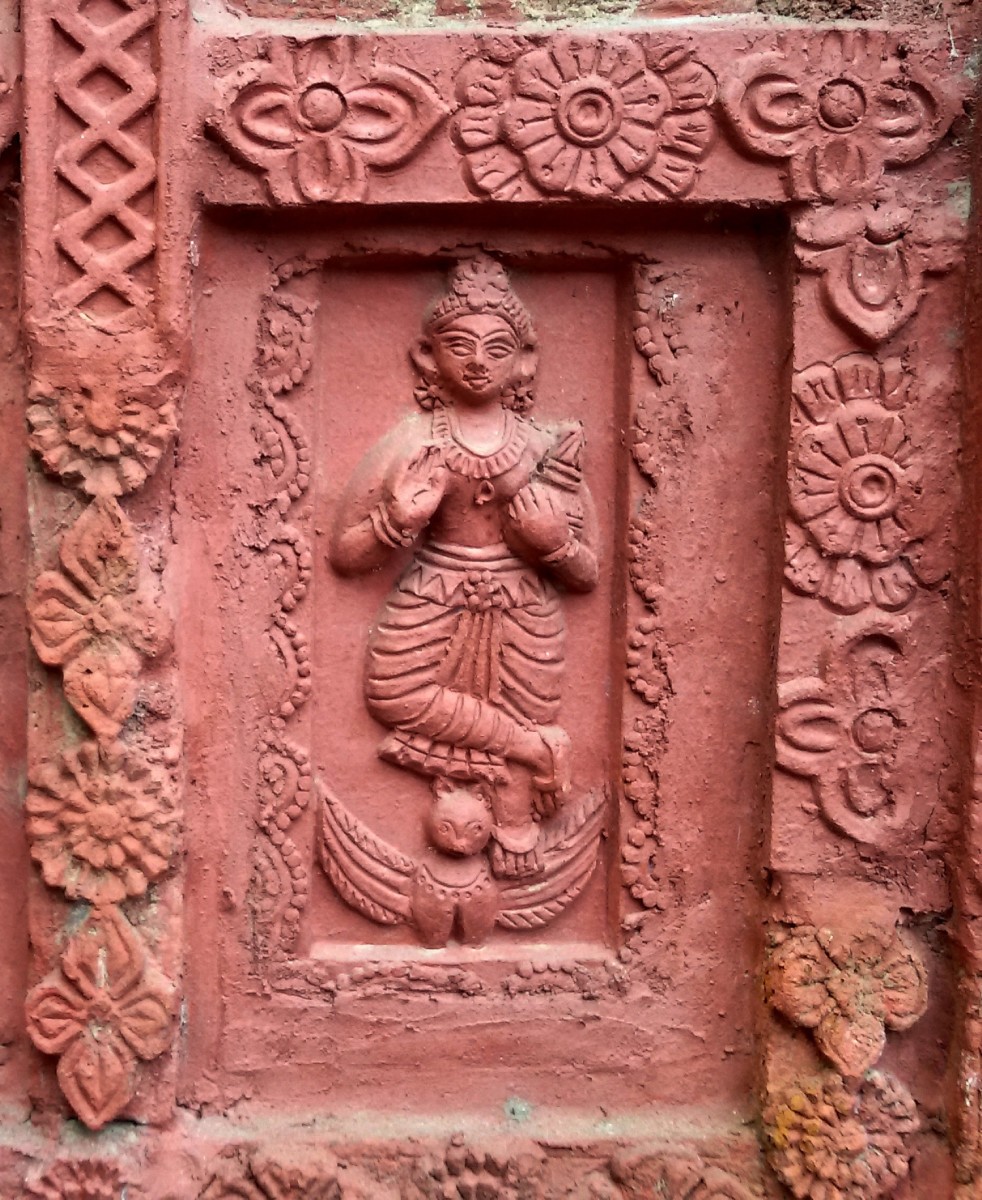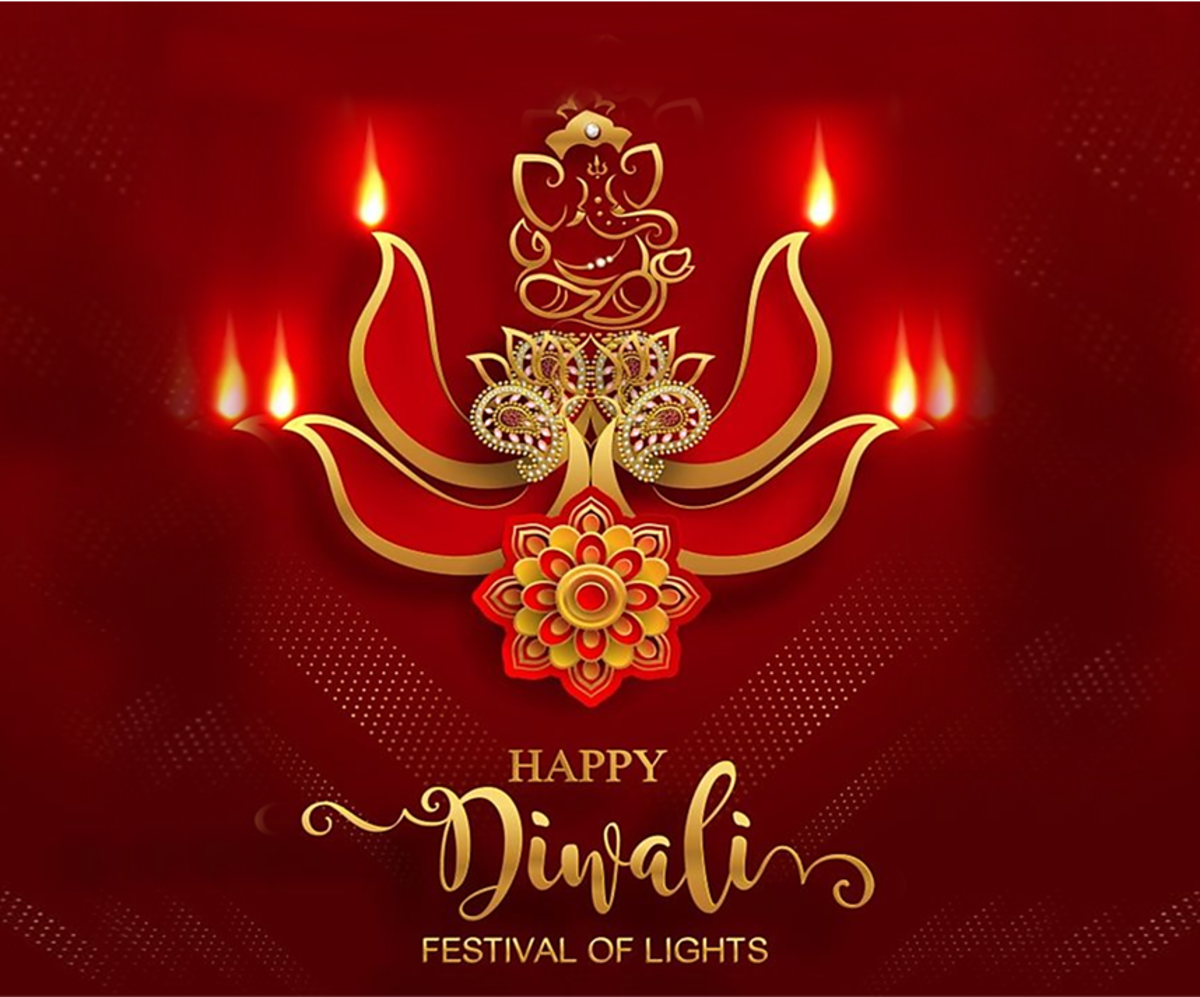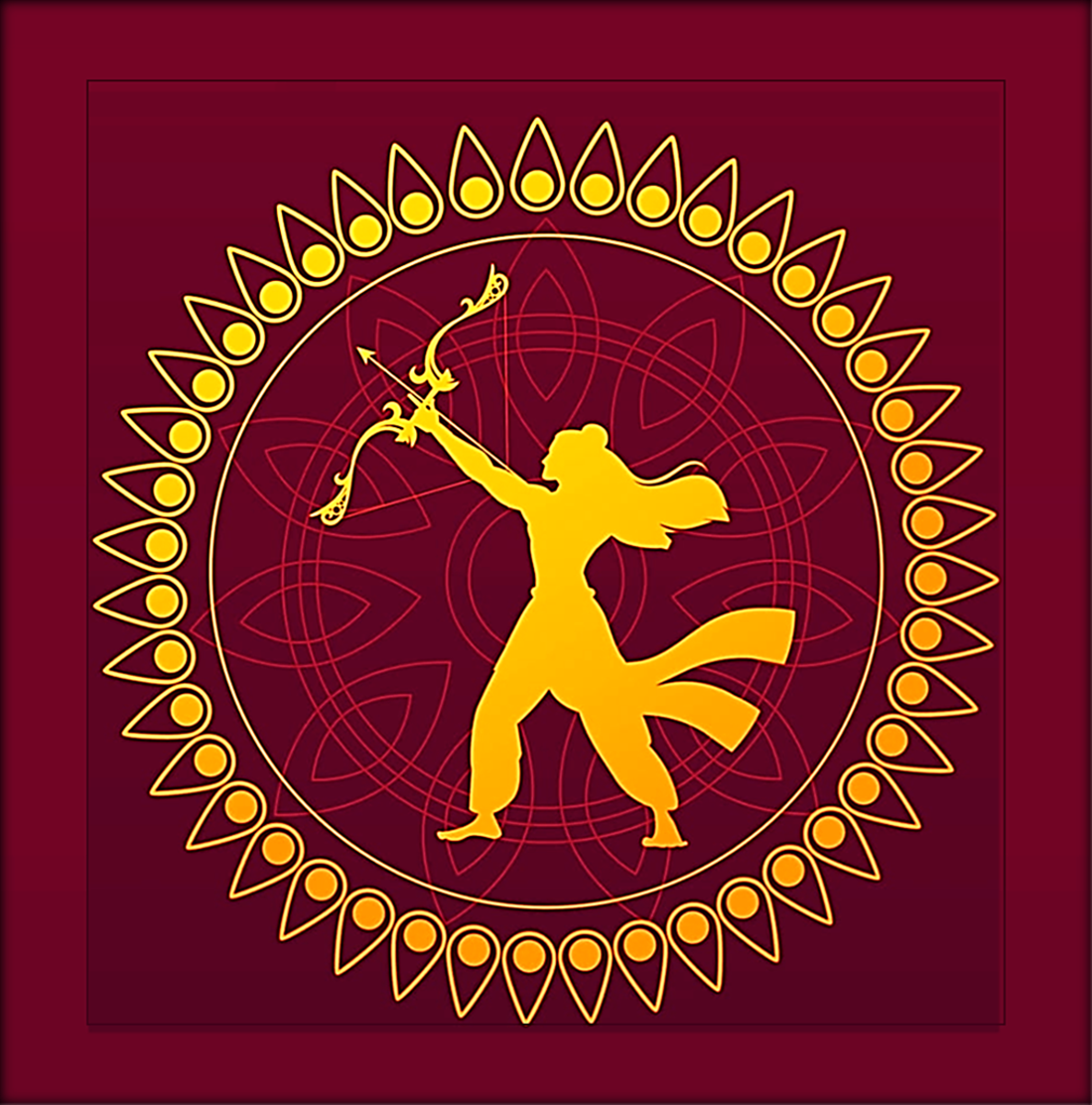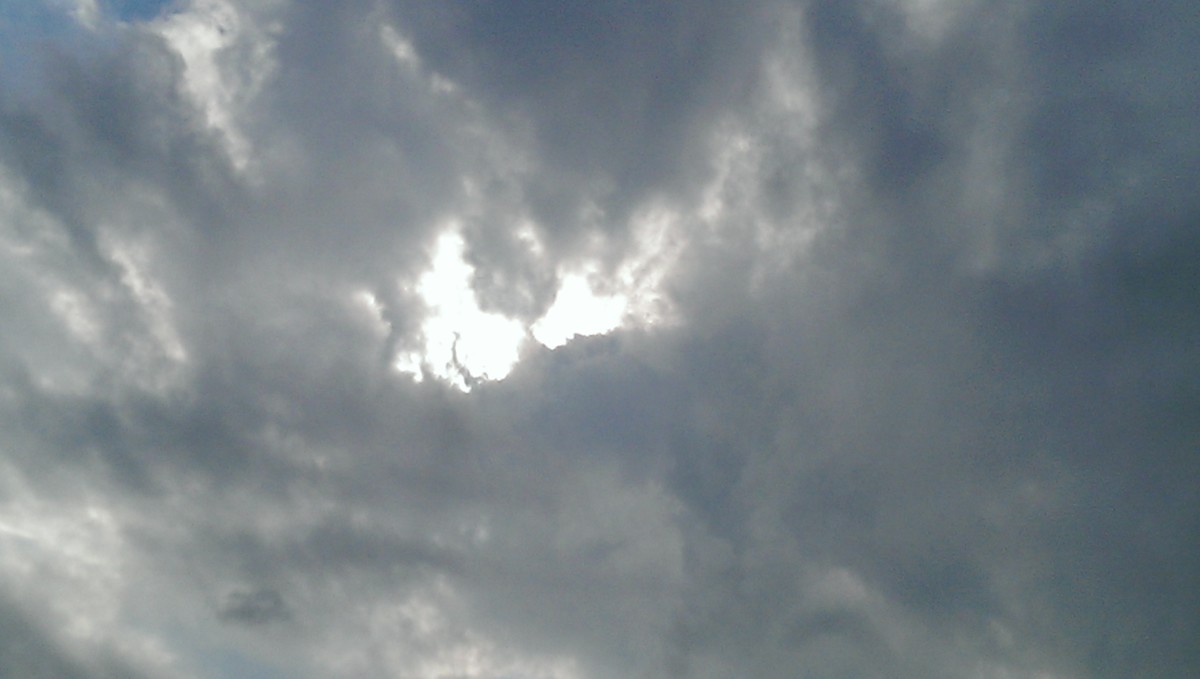History and Significance of Diwali
There is no dearth of festivals when it comes to India. India is a land of festivals, and you may find a festival almost every day, starting from Makar Sankranti and Ugadi to Ramadan and Christmas. Every festival has its own significance lying somewhere in history or mythology. Similarly, Diwali, the festival of lights too has its own significance. Since it is Diwali time, this article tries to focus on the significance and history of Diwali.
The festival of Diwali spans over 3 days. This is the festival filled with lights and burning of firecrackers. This festival is one of the festivals which signify the triumph of good over evil. It also marks the arrival of New Year for certain communities. As such there are a lot of community festivities and sharing of sweets. Let us see in detail what the significance of this festival is.
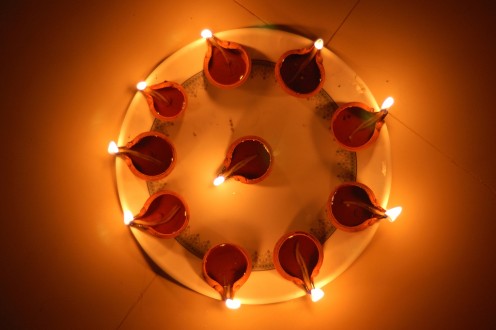
History of Diwali
Diwali or Deepavali (deepa signifies lamps and deepavali means row of lamps) spans over three to five days depending on the tradition followed by the particular community. There are distinct ways of celebrating this festival in the Northern and Southern parts of India. As such, the significance also varies. In fact, if you look at different communities celebrating this festival, each has their own significance and traditions. But, here we will discuss the commonly accepted traditions.
Generally, according to the commonly accepted mythology across Northern India, the first day of the festival is known as “Dhanteras”. This day signifies the birth of goddess Lakshmi from the deepest part of a bottomless ocean. Since goddess Lakshmi is considered to be the bringer of luck and good fortune, people who celebrate this festival make preparations by decorating their house and doors to welcome her. Another popular legend behind this day is the “samudra manthana” or the churning of the ocean by devas (gods) and danavas (demons) in order to obtain the life nectar or amrita. During this churning, several things emerged out of the deepest parts of the ocean. At the same time, Dhanvantari, the physician of the gods (and an incarnation of lord Vishnu) emerged from the ocean carrying a pot of elixir on this day.
The second day is called “Naraka Chaturdashi” (Chaturdashi in Sanskrit means fourteenth day) to mark the death of demon Narakasura at the hands of lord Krishna (an important avatar of god Vishnu) and his wife Satyabhama. According to some of the sacred texts of India (puranas), Narakasura was a demon king who ruled the kingdom of Pradyoshapuram with tyranny. He was the son of Bhudevi (the earth goddess) and through hard penance, acquired a boon of immense power from Lord Brahma. He also had a boon that he couldn’t be killed by anyone else apart from his own mother Bhudevi. Hence, as the other devas (gods) approached lord Krishna to save them from Narakasura’s tyranny, Krishna asked his wife Satyabhama (an incarnation of the earth goddess) to help him fight Narakasura. During this battle Satyabhama killed Narakasura with her bow and arrow. The key significance one draws from this story is that, parents should not hesitate to punish their children if the child chooses to take a wrong path.
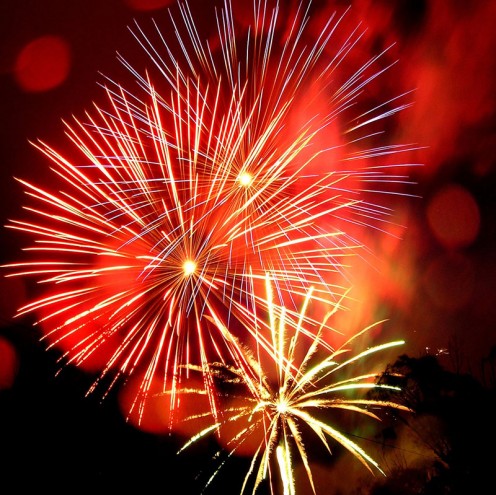
The third and final day called the Amavasya (new moon or lunar eclipse) signifies the worship of goddess Lakshmi, in her most benevolent mood fulfilling her devotees’ wishes. Another popularly agreed mythology is that the arrival of the demon king Bali amidst celebrations. The story is quite interesting in that, though Bali was born a demon (in a demon family), he was considered an ardent devotee of Lord Vishnu and a very benevolent emperor. His growing power however put the other gods at unease. They requested Lord Vishnu to do something to stop Bali’s growing power. Accordingly, Lord Vishnu took the form of Vamana (a dwarf) and in a battle of wits, vanquished Bali and pushed him down to patala (the underworld). He however was impressed by the good nature and benevolence of Bali and granted him a kingdom to rule in the underworld. He also granted him a boon that every year, Bali could come back to the surface and could visit his beloved subjects for one day.
Hence, Bali’s arrival is marked with celebrations by burning fireworks and lighting of lamps. In the southern part of India, the traditions vary slightly. The first day of the Diwali festival starts with Naraka Chaturdashi (with the same significance). The second day is amavasya, where there are minor festivities and the third day marks the arrival of Bali, and hence is called Bali Padyami (Padyami means first day).
As seen above, the significance and history of Diwali or Deepavali varies across regions and communities. With all these variations, there is one thing which still remains common across all regions and communities – the spirit of light and celebration which brings people of different communities and religions together without the geographical and racial barrier.

